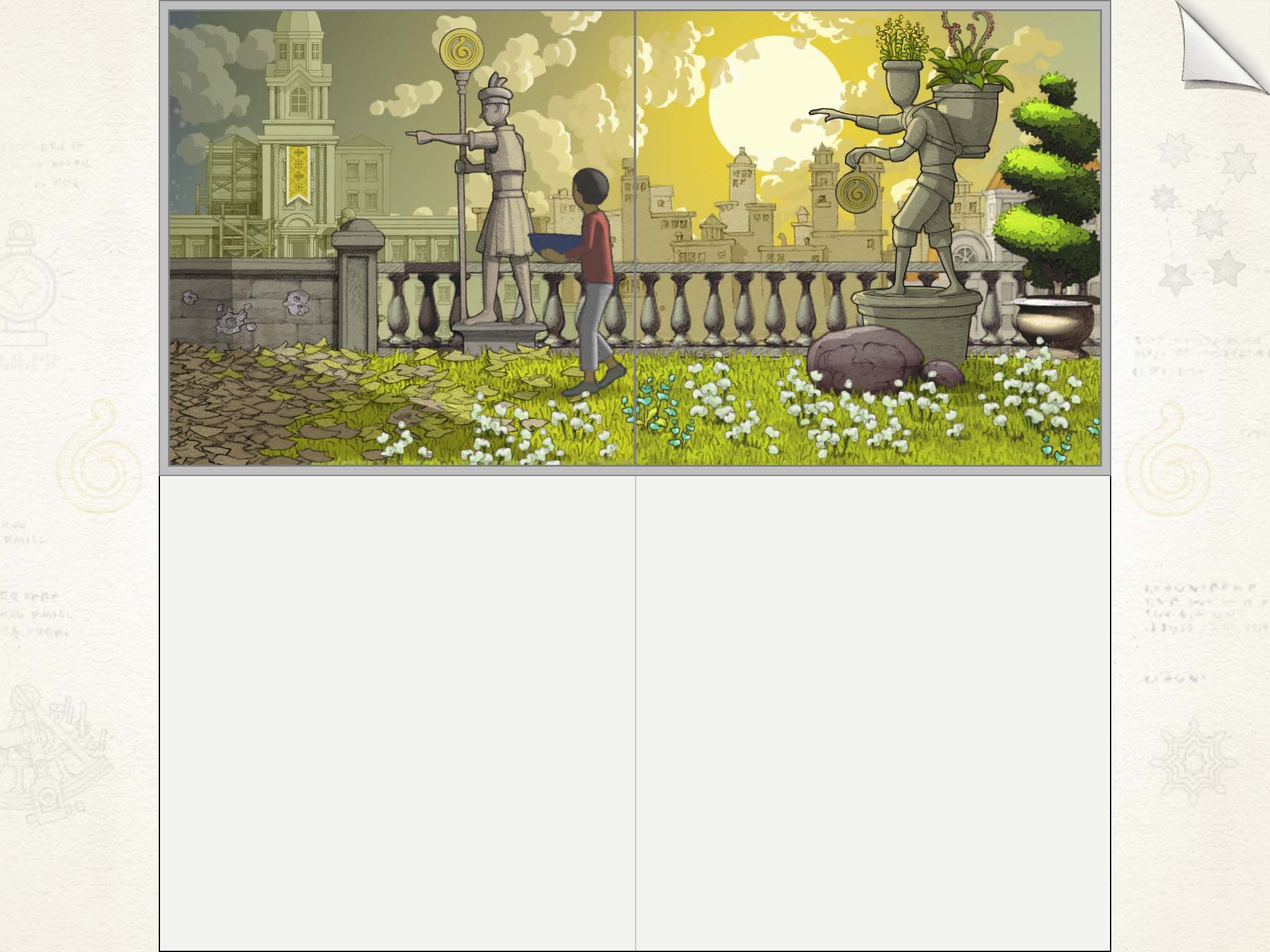Gorogoa Overview
Gorogoa is a soft puzzle game made independently by full stack developer Jason Roberts. The game is named after a monster, to whom he gave the name Gorogoa, in his childhood fantasy. Gorogoa was basically completed by the author Jason Roberts alone. From the beginning of production to the announcement to the release, It took 7 years in total. Jason Roberts spent about 7 years on making the game come to life from beginning to publishing.
How do I think of this game?
I think this is a great game. Gorogoa's firstly impressed me with the beautiful graphics, which attracts me to continue playing. In addition, I did not feel a sense of repetition while playing this game. Most importantly, this game is good at stabilizing the player's experience flow. Even though I was stumped by the puzzles sometimes, I was able to pass it smoothly in a short period of time after exploring, and losing myself in a feeling of unfulfilled meaning.
Why DO I WANT to analysis this game?
I analyse the game because I want to find out the design principles of Gorogoa and the reasons why it is fun. I want to improve the player’s experience by applying proper design principles to my own games, so that I can make a game based on enough theory support.
Nice timely feedback.
easy and positive.
The screen of the game is divided into four square areas, with a scene for each area. Players can explore by dragging and zooming in one area at a time, and stitching or mosaicing these scenes together. Finally, they will be able to come up with the right answer and see a cool animation played, going to the next step with meaningful storylines.
Friendly.
What's more, when players are making mistakes, Gorogoa clearly guides players with the direction to explore. Most puzzle-solving games on the market only give some text prompts when a certain non-operable icon is clicked. It is difficult to let players know what they should do next through these prompts, without any suggestion, being lost in the current level. However, Gorogoa will let players clearly know which direction should be explored with a click prompt appearing on the screen, prompting the player to click on the operable area. It gives players a very clear goal and motivation to explore.

Levels
No level boundaries!
Each level is closely interlocked, various scenes and objects are inextricably linked, being superimposed and spliced on several layers. In some levels, you can drag the scene with the finger to divide the scene into two, thereby exposing another scene. You can click on the scene to zoom in or out or move the lens through the arrows in the scene to merge two scenes into one. The developer creates so many interactions with simple operation methods, and bring me novel feelings, conveying the developer’s design philosophy and ingenuity.
Cool Combination of Gameplay and Art style!
One feature of the game is that the same element is repeated and moved through the game in different forms. There is a lot of change of such elements in order and regularity. And this happens to correspond to the gameplay of this game: overlapping images, that is, the same elements repeatedly appear in different situations.


